At the recent IFA beef meeting in Tullamore, Teagasc head of drystock Pearse Kelly made an interesting presentation outlining the beef price needed to deliver €200/cow in a steer and heifer finishing system. The data used was taken from the 2015 profit monitor analysis, which is made up of 159 suckler-to-beef Teagasc clients who completed an eProfit monitor in 2015.
These farmers would generally be at the top end in terms of profitability and one could argue that data from the National Farm would paint a more realistic national picture.
However, taking these figures and taking into account a modest level of technical efficiency and a €200/head profit margin, a suckler-to-beef finisher needs a beef price of €4.47/kg to deliver this margin, a long way off where current beef prices are hovering, at around €3.70-€3.80kg.
Suckler beef v dairy beef
In light of current market conditions, many farmers are questioning the future of keeping suckler cows. So what’s the alternative?
With an extra 400,000 dairy calves in the system since 2010, many are looking at the possibility of operating a dairy-calf-to-beef system. Dust down the calculator and proceed with caution.
While dairy beef is a relatively cheap and quick way to start, as with sucklers it takes cash to take them to 24 months and while paying €7,500 for 50 calves seems great value at the start, you will need €47,500 in the bank to finish these 50 calves at 24 months.
While a dairy beef system is low cost to start, it is high cost after that. Rearing dairy calves is also a new skill for many suckler farmers and unless carried out correctly could lead to high mortality figures which would wipe out any margins in the system.
Figure 3 outlines what beef price is needed to deliver a €200/margin/head, which works out at €4.22/kg/carcase.
The future
The big question is what does this say for suckler beef production in Ireland. Should we resign ourselves to the fact that heavy carcases have lost their appeal in the marketplace and with over 50% of beef carcases heading for minced beef, Angus or Hereford beef from the dairy herd seems to tick all the boxes.
However, do we want to build our beef industry on the back of a byproduct from the dairy herd and will consumers be happy with this? It’s no accident that much of Bord Bia’s marketing of beef is based around suckler-bred grass-finished beef. If our industry moves towards dairy beef, have we lost this point of difference and if we do, does anybody care?
All stakeholders in the industry have decisions to make about the future of the suckler cow in this country. Why has suckler-bred beef never been branded or differentiated from dairy-bred beef to try and achieve a bonus in the marketplace?
People will argue that the beef grid ticked this box but with AAX and HEX animals from the dairy herd qualifying for breed bonuses, they are on a par with price when compared to suckler-bred stock. Obviously efficiency has a huge role to play and will deliver for beef farmers if implemented but the calculations below are based on a high level of efficiency.
The biggest question of all is, has the time come to ask whether to subsidise the suckler cow in this country again to stem the economic decline of our suckler-to-beef farms? All across Europe and indeed the world, suckler beef production has been driven to the most marginal land types which are unsuitable for milk or grain production.
The proposed €200/cow suckler payment would go a long way towards reducing losses on suckler farms and would also help reverse the decline in rural agricultural communities all across the country.
This option needs to be examined by our Government without delay before suckler cow numbers pale into insignificance and a once-vibrant industry together with vibrant rural communities will be lost forever.
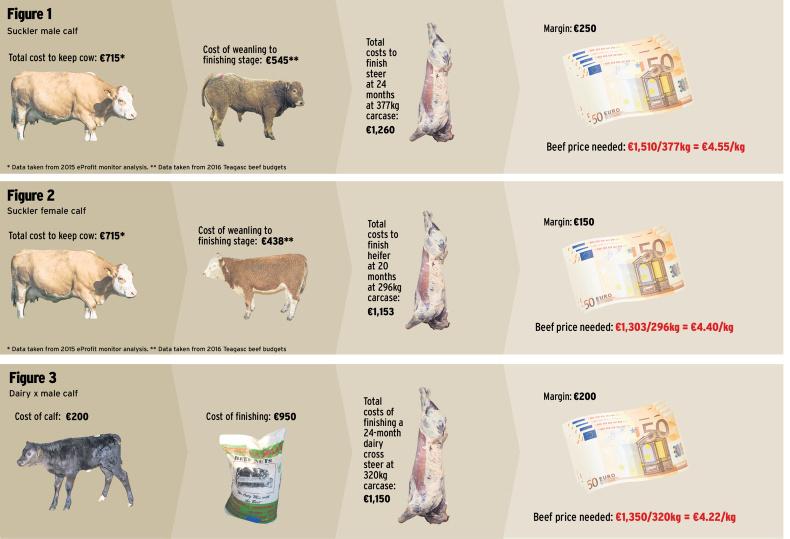
Read more
Editorial: price, efficiency and direct supports all critical for suckler sector
Dempsey At Large – a wealth of information
At the recent IFA beef meeting in Tullamore, Teagasc head of drystock Pearse Kelly made an interesting presentation outlining the beef price needed to deliver €200/cow in a steer and heifer finishing system. The data used was taken from the 2015 profit monitor analysis, which is made up of 159 suckler-to-beef Teagasc clients who completed an eProfit monitor in 2015.
These farmers would generally be at the top end in terms of profitability and one could argue that data from the National Farm would paint a more realistic national picture.
However, taking these figures and taking into account a modest level of technical efficiency and a €200/head profit margin, a suckler-to-beef finisher needs a beef price of €4.47/kg to deliver this margin, a long way off where current beef prices are hovering, at around €3.70-€3.80kg.
Suckler beef v dairy beef
In light of current market conditions, many farmers are questioning the future of keeping suckler cows. So what’s the alternative?
With an extra 400,000 dairy calves in the system since 2010, many are looking at the possibility of operating a dairy-calf-to-beef system. Dust down the calculator and proceed with caution.
While dairy beef is a relatively cheap and quick way to start, as with sucklers it takes cash to take them to 24 months and while paying €7,500 for 50 calves seems great value at the start, you will need €47,500 in the bank to finish these 50 calves at 24 months.
While a dairy beef system is low cost to start, it is high cost after that. Rearing dairy calves is also a new skill for many suckler farmers and unless carried out correctly could lead to high mortality figures which would wipe out any margins in the system.
Figure 3 outlines what beef price is needed to deliver a €200/margin/head, which works out at €4.22/kg/carcase.
The future
The big question is what does this say for suckler beef production in Ireland. Should we resign ourselves to the fact that heavy carcases have lost their appeal in the marketplace and with over 50% of beef carcases heading for minced beef, Angus or Hereford beef from the dairy herd seems to tick all the boxes.
However, do we want to build our beef industry on the back of a byproduct from the dairy herd and will consumers be happy with this? It’s no accident that much of Bord Bia’s marketing of beef is based around suckler-bred grass-finished beef. If our industry moves towards dairy beef, have we lost this point of difference and if we do, does anybody care?
All stakeholders in the industry have decisions to make about the future of the suckler cow in this country. Why has suckler-bred beef never been branded or differentiated from dairy-bred beef to try and achieve a bonus in the marketplace?
People will argue that the beef grid ticked this box but with AAX and HEX animals from the dairy herd qualifying for breed bonuses, they are on a par with price when compared to suckler-bred stock. Obviously efficiency has a huge role to play and will deliver for beef farmers if implemented but the calculations below are based on a high level of efficiency.
The biggest question of all is, has the time come to ask whether to subsidise the suckler cow in this country again to stem the economic decline of our suckler-to-beef farms? All across Europe and indeed the world, suckler beef production has been driven to the most marginal land types which are unsuitable for milk or grain production.
The proposed €200/cow suckler payment would go a long way towards reducing losses on suckler farms and would also help reverse the decline in rural agricultural communities all across the country.
This option needs to be examined by our Government without delay before suckler cow numbers pale into insignificance and a once-vibrant industry together with vibrant rural communities will be lost forever.

Read more
Editorial: price, efficiency and direct supports all critical for suckler sector
Dempsey At Large – a wealth of information







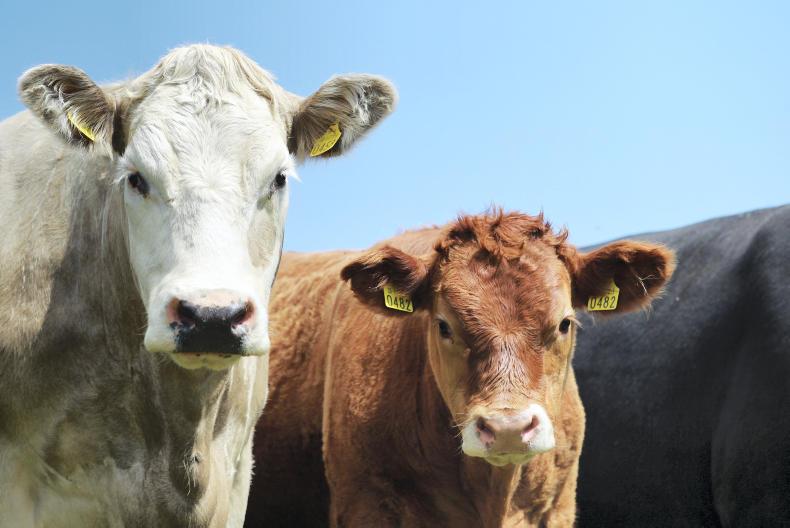
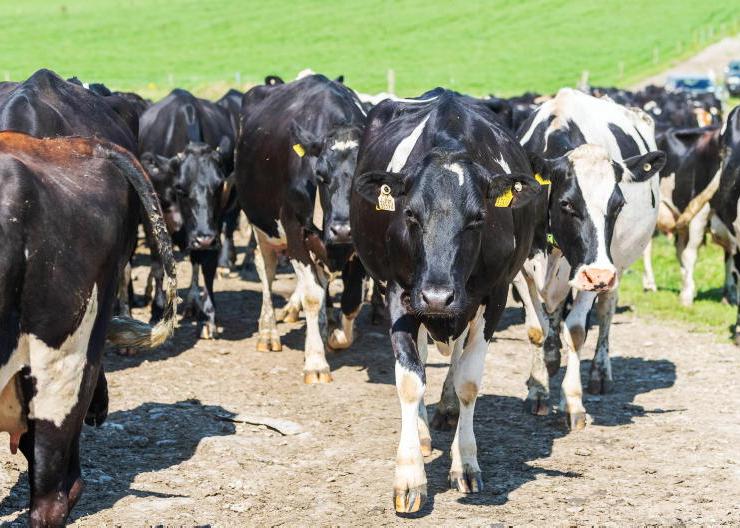

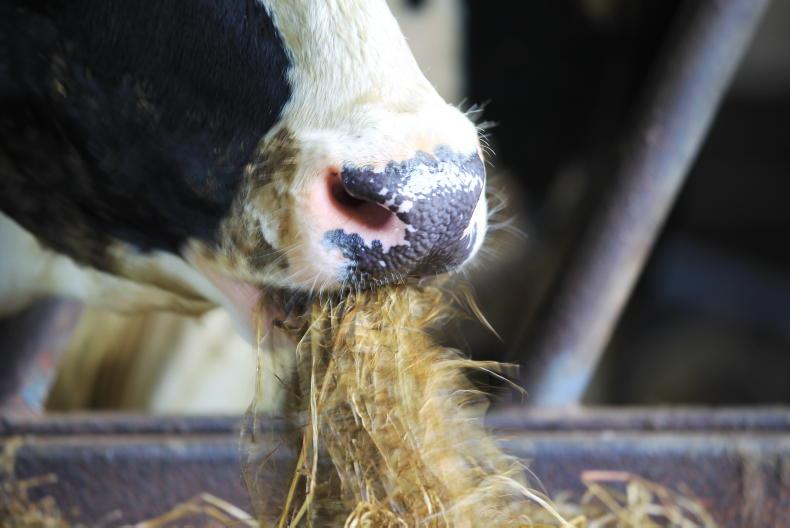
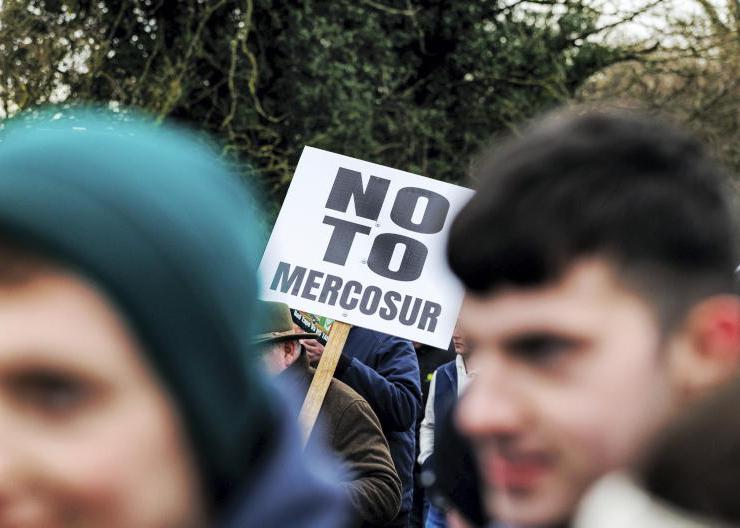

SHARING OPTIONS